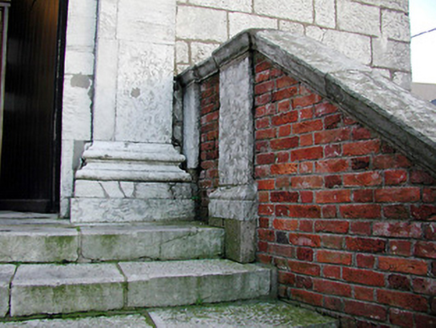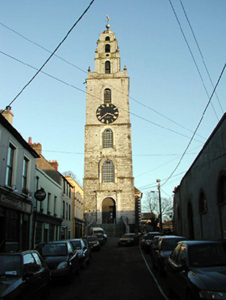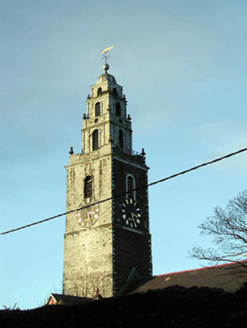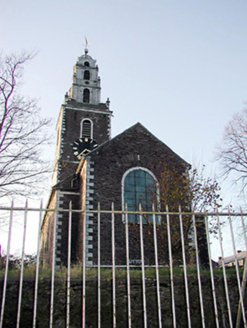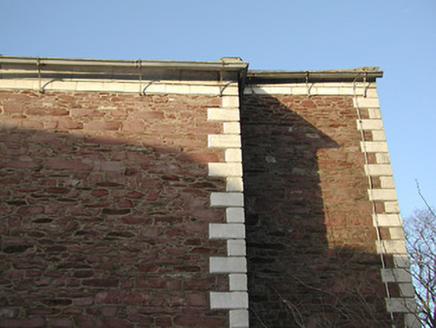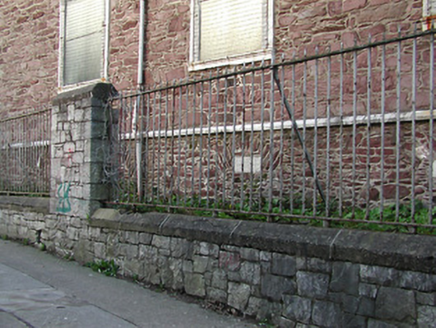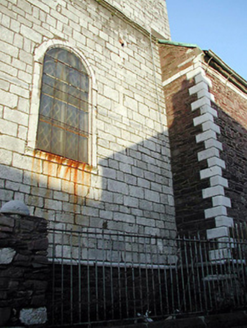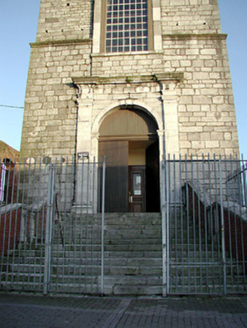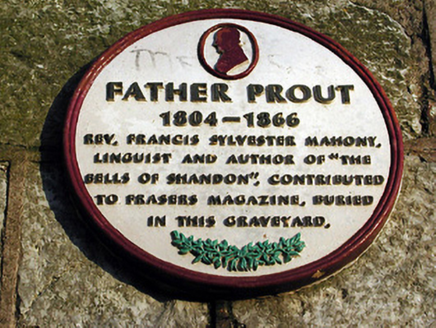Survey Data
Reg No
20512027
Rating
National
Categories of Special Interest
Archaeological, Architectural, Artistic, Historical, Social
Original Use
Church/chapel
In Use As
Church/chapel
Date
1715 - 1725
Coordinates
167289, 72392
Date Recorded
08/09/1995
Date Updated
--/--/--
Description
Detached church, built 1722, comprising of four-bay side elevations to the nave, with single-bay chancel to the east, and having three-stage entrance tower to the west. Three-stage addition to tower with dome and weather vane, added 1749. Clock added to tower in 1849. Ashlar limestone walls to east and south elevations of the tower. Rubble sandstone to remaining walls with ashlar limestone dressings. Round-headed door opening flanked by carved limestone pilasters and having entablature above. Round-headed window openings with dressed limestone surrounds. Interior refitted, c. 1885. Graveyard, remains of earlier church, and dressed limestone boundary walls with replacement railings to site.
Appraisal
The tower of this church is a dominant feature in the surrounding area, and in the city, as it is visible from many areas. The materials utilised in the construction of this church, the local red sandstone and grey limestone, are typical of the Cork area, and create a colourful combination. The building retains many interesting internal and external features, such as the timber barrel vaulted ceiling, the bowed communion font, and a fine nineteenth-century stained glass window to the east. A number of personalities have been associated with this church; John Coltsman to whom the design has been attributed, Rudwall of Gloucester cast the bells in 1750, James Mangan of Cork built the clock which was a gift from the Lord Mayor and Corporation in 1847, and Father Prout is buried in the graveyard. This site has been a focus of religious activity in the area for many centuries, as is apparent from the archaeological remains of an earlier church to the east.
